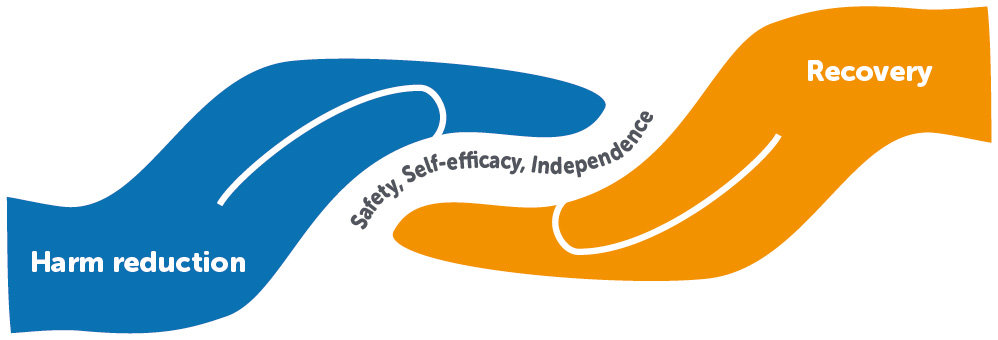Harm reduction prevents spread of HIV, says official

TEHRAN — Harm reduction prevents spread of HIV and will help guarantee a great deal of drug users’ health, head of harm reduction office of Iran’s Welfare Organization has said, ISNA reported on Saturday.
Harm reduction refers to policies, programmes and practices that aim primarily to reduce the adverse health, social and economic consequences of the use of legal and illegal psychoactive drugs without necessarily reducing drug consumption. Harm reduction benefits people who use drugs, their families and the community.
According to Harm Reduction International (HRI), a non-governmental organization in Special Consultative Status with the United Nations Economic and Social Council, harm reduction began to be discussed frequently after the threat of HIV spreading among and from injecting drug users was first recognized.
Harm reduction complements approaches that seek to prevent or reduce the overall level of drug consumption. It is based on the recognition that many people throughout the world continue to use psychoactive drugs despite even the strongest efforts to prevent the initiation or continued use of drugs.
Therefore, harm reduction accepts that many people who use drugs are unable or unwilling to stop using drugs at any given time. Access to good treatment is important for people with drug problems, but many people with drug problems are unable or unwilling to get treatment.
“Harm reduction is different from treating drug addiction and prevention of drug misuse,” Kambiz Mahzari said, adding that the office mainly targets drug addict who inject drugs and help decrease the harm gradually within the framework of long-term plans.
Harm reduction helps reduce the damages drug use can bring about for the addicts regardless of the efforts for treatment of prevention of drug misuse, Mahzari explained.
He went on to say that harm reduction can gradually lead to treatment of the drug users as addicts are physically and mentally hurt and cannot stop using drugs at once.
But since harm reduction is easier than getting treatment they prove to be more effective, he said, stating that, many of the drug addicts would voluntarily ask for treatment after receiving harm reduction services.
limited budget for supporting HIV/AIDS patients
The organization has a tight budget for supporting HIV/AIDS patients, director for addiction prevention and treatment department of the organization Farid Barati-Sadeh has said.
It is the only entity that offers services to these patients and this is while such people should be provided with special supports, Barati-Sadeh explained.
The organization offers services to 15,000 patients with HIV/AIDS, but such people need special social support and should be provided with minimum services, however, the Welfare Organization’s limited budget won’t do, he regretted.
He went on to say that other entities such as the Budget and planning Organization, the Ministry of Health, the Ministry of Welfare and the Ministry of Interior should also support such patients.
Currently “positive clubs” affiliated to Welfare Organization in various provinces are offering services to people with HIV/AIDS and their family members, he added.
Positive clubs teach the patients techniques for living positively with HIV, creating jobs, conducting recreational activities and partially covering the patient’s medical expenses, Barati-Sadeh highlighted.
While now participating in risky sexual behavior are increasingly constituting HIV transmission, still addiction [and sharing needles to inject drugs] is the primary cause of HIV spread in Iran, he explained.
HIV/AIDS prevalence in Iran
As per the figures announced by Ministry of Health center for communicable diseases management some 37,650 are diagnosed with HIV/AIDS until the end of the previous Iranian calendar year 1396 (March 20) in Iran.
Some 83 percent of the patients are men and the rest are women. Almost half of the patients are ageing 21-35. Out of the 37,650 individuals diagnosed with the virus so far some 13,393 have died. The HIV have led to AIDS in 15,278 of the patients, the report stated.
Sharing the same needle for injection of drugs with 61.7 percent accounts for the highest number of HIV transmission in the country, while high risk sexual behavior are responsible for 21.3 percent of the infections. The report also indicated that some 1.5 percent of the infection transmission are passed from mother to her child. The rest of the cases are infected with the virus for unknown reasons.
MQ/MG
